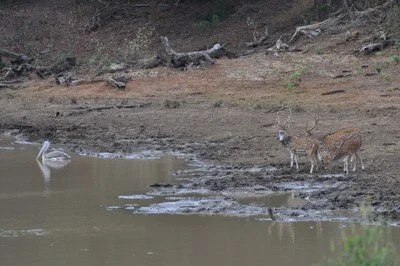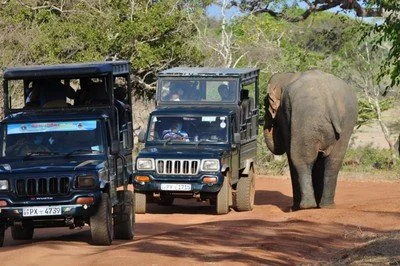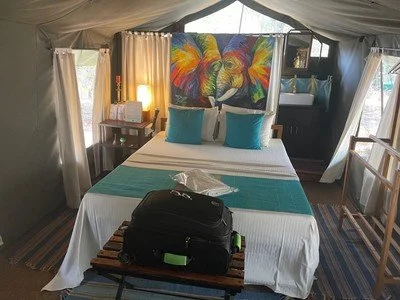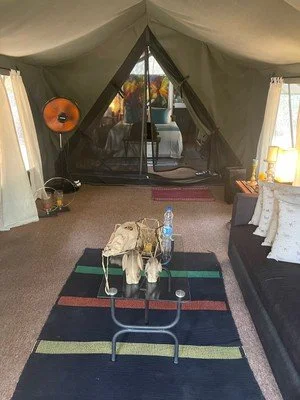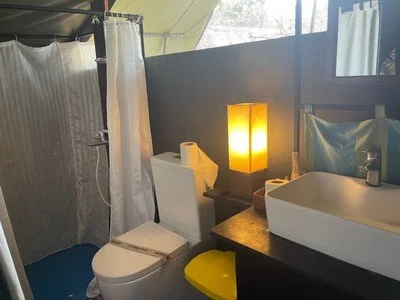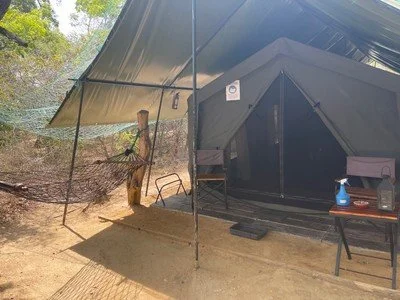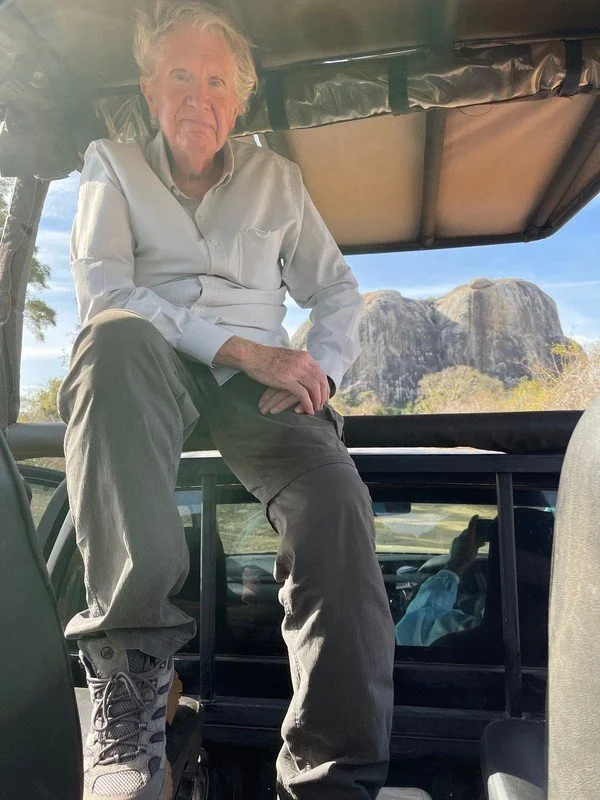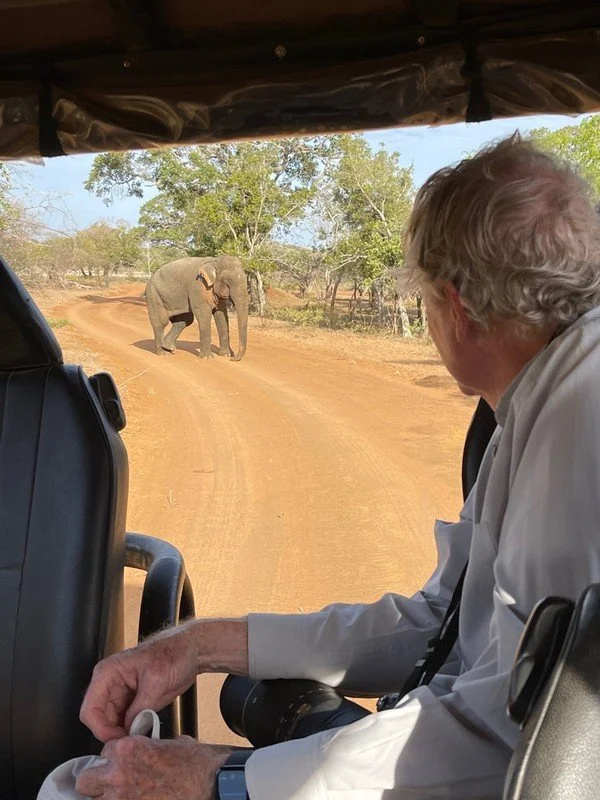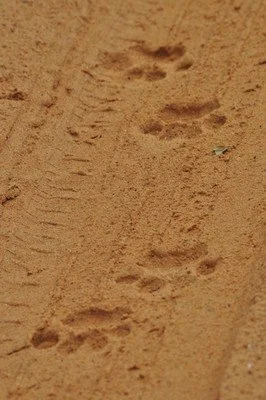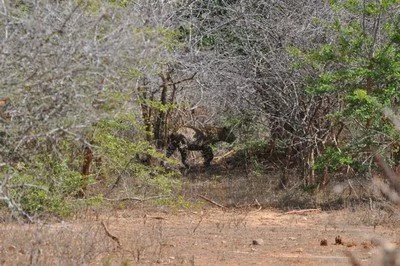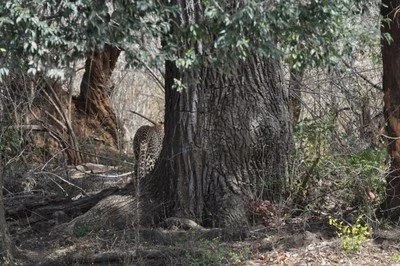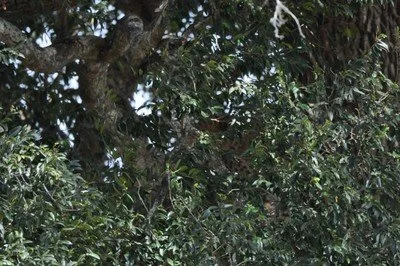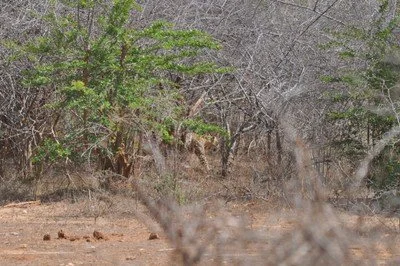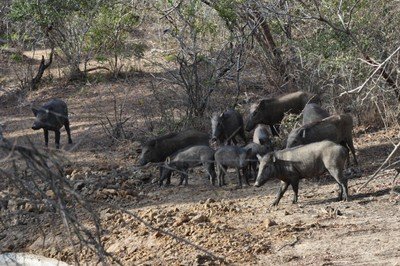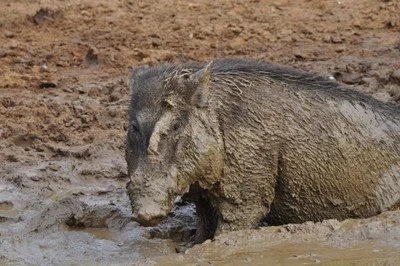6. Yala Yeah!
After a somber tsunami memorial visit, we find elephant and Michael in a tree and more...
08.12.2021 - 08.12.2021 92 °F
View Paul to Yala Land on paulej4's travel map.
Chapter 6, August 12, 2021
Let me take some time for background on Yala National Park. In the southeast of the island, it borders the Indian Ocean and is the country’s second largest national park but lays claim to being the most visited. Designated as a wildlife sanctuary in 1900, you have seen that it hosts Sri Lankan leopards, Sri Lankan elephants, lots of birds along with the occasional sloth bear and lots of water buffalo. There is also a multitude of peacocks here and they are seen and heard everywhere. I hope to avoid the “Sri Lankan flying snake,” which is described as being “mildly venomous.” There are crocodiles (both fresh water and salt water) and, my research shows, Indian cobras and a few Russell’s vipers, named for Scottish herpetologist Patrick Russell who wrote about it in his 1796 book, An account of Indian serpents, collected on the coast of Coromandel. (Coromandel is the southeastern coast of India) Russell was named Kansas City’s Linda Hall Library “Scientist of the Day” back on February 6, 2020, and the library has in its collection, believe it or not, a copy of his 1796 book. If you have never visited the Linda Hall Library, you should.
Near to the Patanangala Wewa (a waterhole) and on the Indian Ocean is the 2004 Boxing Day (December 26) Yala Tsunami Memorial. 47 Japanese and German tourists were killed here and the structures were all wiped away when four tsunami waves devastated the area. Across the country 30,000 to 35,000 lives were lost. We stopped here for breakfast. One can only imagine the scene: the sea retreated leaving what was under water available for inspection. Some of the visitors immediately went to investigate and then the first wave came followed by three others carrying them out to sea or otherwise to their death.
Inside Yala, and a few miles inland from there, I am staying at Tent 16 in Mahoora Tented Camp Yala, one of two tented campsites operated by the Mahoora Family’s Eco Team organization which became, in 2011, (they say) the world’s first operational carbon-neutral “pack in-pack out” luxury tented safari operation. I am spending five days at Mahoora Yala Camp followed by two days at Mahoora Udalalawe Camp.
Mahoora safari tents, 32 feet by 11 feet, handmade from local materials, consist of an outer veranda with a shoe rack and two folding arm chairs, a living area with a couch and easy chair, a bedroom area and a private en suite bathroom boasting a flushable commode and a hot shower. There is wall-to-wall carpet upon which sits a raised double bed dressed with fine linens set beneath a mosquito net canopy. There is no air conditioning but they do provide “two fans” which makes it clear that there is electricity around the clock. There is no pool and phone signals are not bad at Yala; I’ll see at Udalalawe. They have wifi (they even brought at router to my tent) but internet is spotty. A hammock hangs outside my tent. There is “five-star” dining beneath the stars (unless it rains). But my reason to make this extraordinary trek is to be the voyeur of the place beneath an electric sky, the listener for the leopard’s nocturnal growl and the rumble of elephant and the person who has, for a moment, left the troubles of the twenty-first century behind. I have traveled before to places where there is little ambient sound and light; nighttime is magic in such circumstances.
As for COVID, everyone, including vaccinated and negative tested me, wears a mask. The driver of my vehicle. Nishantha, and my guide, Avinka, each wear a mandatory PPE suit over their regular clothes. (I don’t). Hand sanitizer is offered frequently. None of the camp team have been able to be vaccinated as yet but Avinka says has his lined up. Vaccinations are hard to come by here; it feels like January in the U.S. Folks here are, to say the least, desperate to join the lucky vaccinated population of the world.
Today’s morning drive offers two different special treats among scores of minor ones. After spotting fresh leopard tracks, we encounter three elephant and soon after some sharp eyed individual (listening to clues from monkeys yelling warning yelps) spots male leopard Michael in a tree.
We wait for half an hour or so and down he comes to saunter off in a direction where we could not follow. Wild boars were bathing, eagles were flying and a pelican sat in a waterhole by neighboring deer. It's another morning in Yala Land.
After lunch we were back at it enjoying five more excellent interactions with elephants.
One was very up close and personal and the last involved a trumpeting male who briefly charged us. I can't say enough about my team of Paul-handlers. They're great.
They even took me to elephant rock. Later still, we got charged by a trumpeting elephant—the same one we came face to face with the first evening here. It was quite a day, a wonderful, hot, windy, sunny, bumpy, sweaty, face-masked, rump-bumping over rutter roads kind of a day, the kind of day that is unimaginable unless you’ve been on safari. And if you have been on a safari yourself, you know what I mean. If you haven’t been on a safari, find a way to do this. Do it in India or Brazil or Kenya or Tanzania or Botswana or South Africa or Namibia or in Sri Lanka. As my friends in the shoe business would say, “Just Do It.”
I'm bushed.

